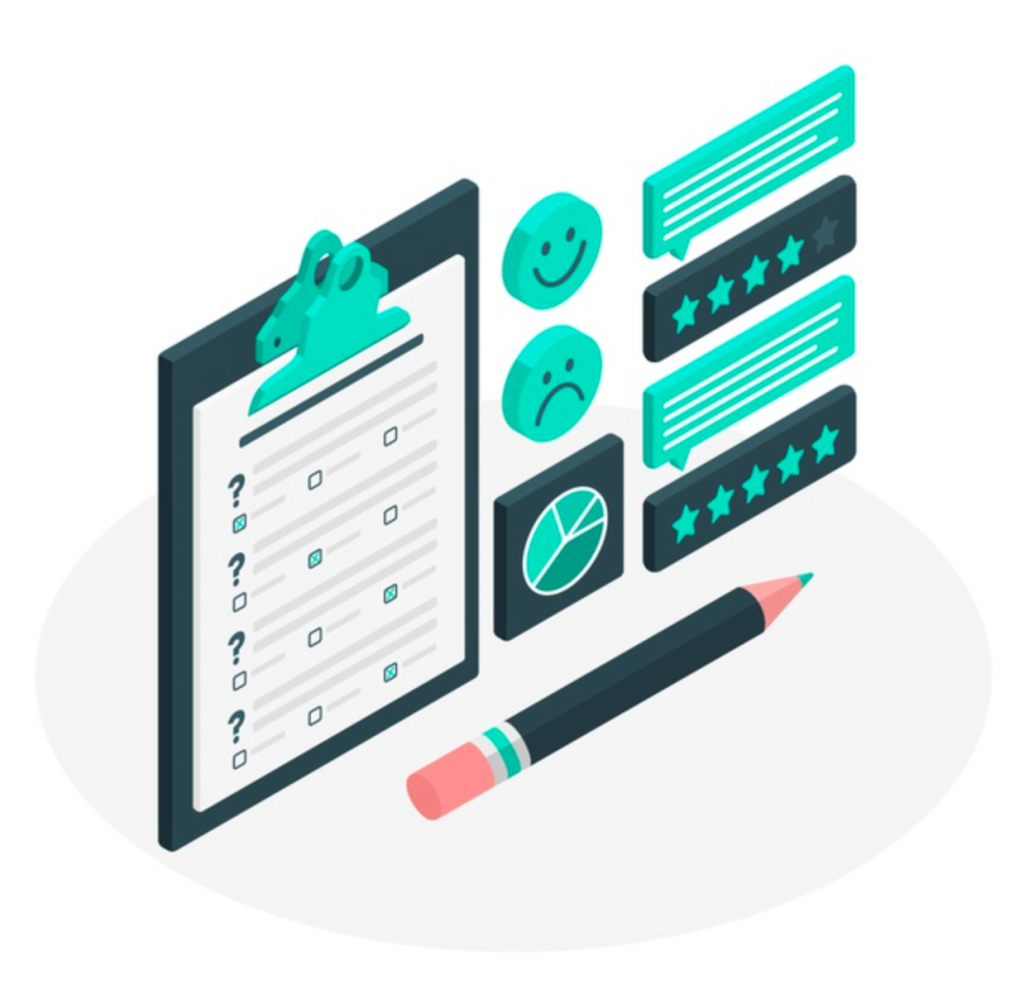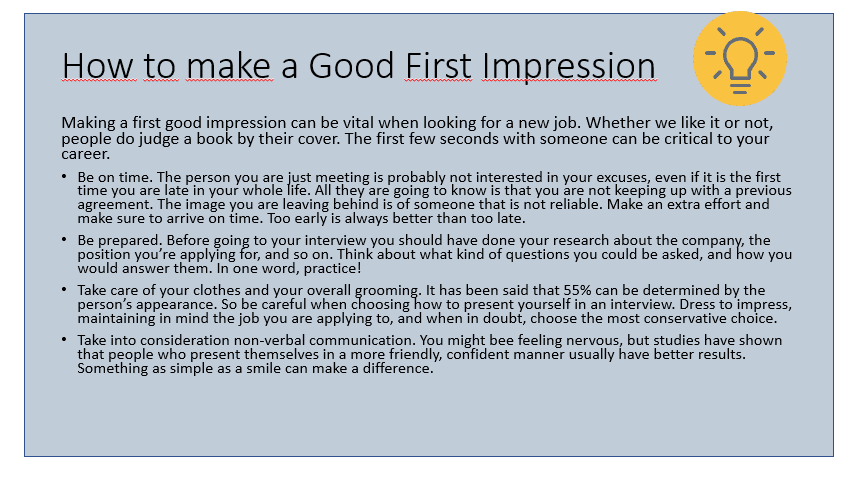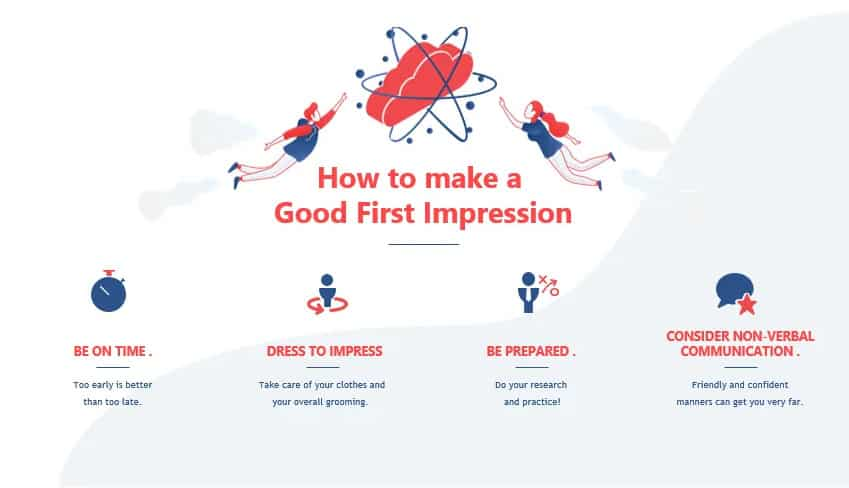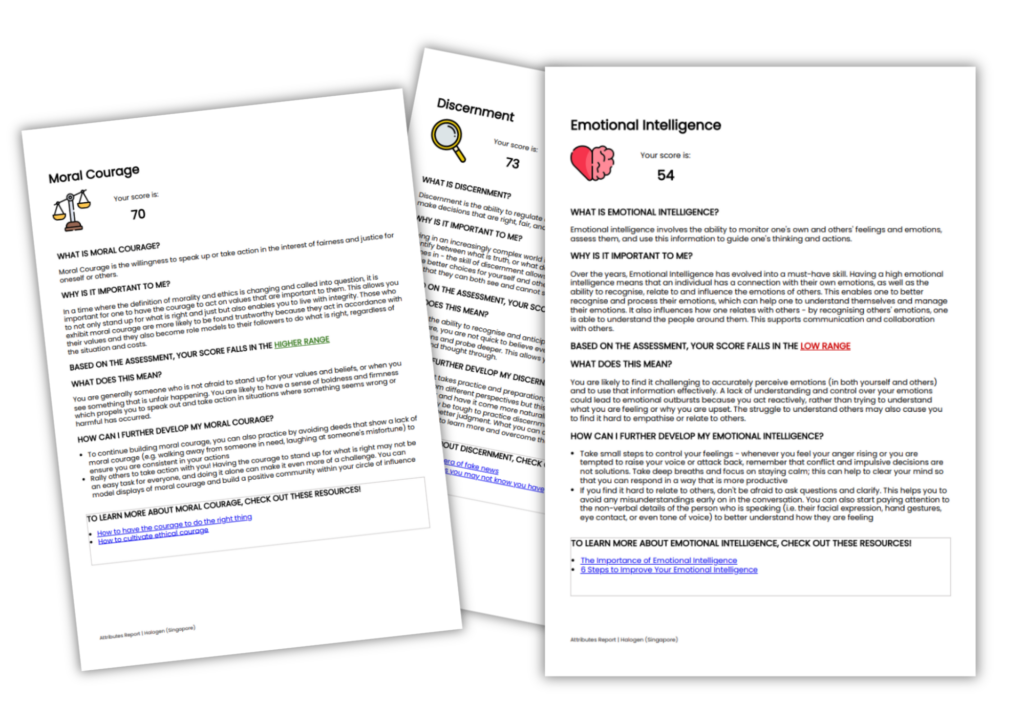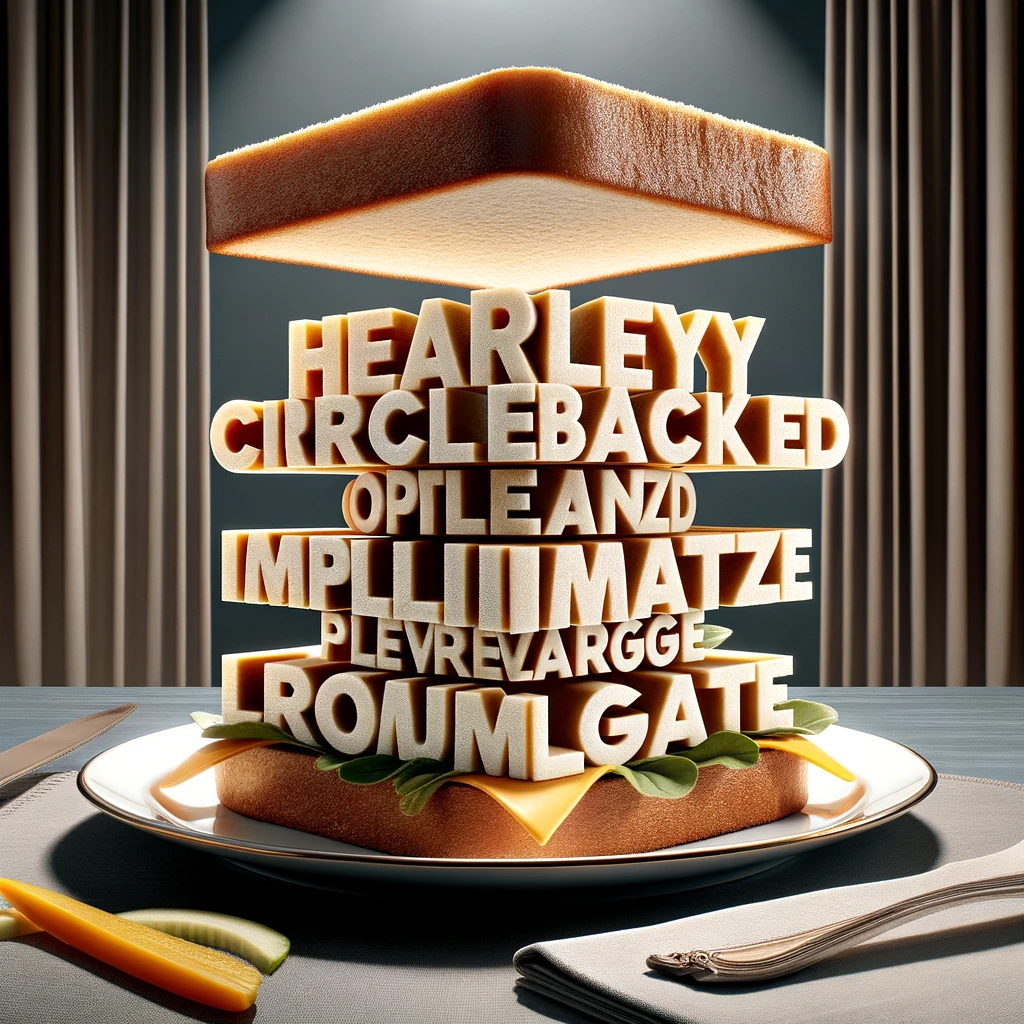When was the last time you read and completed a fifty question survey in its entirety? Did you skim it instead? Or did you skip it altogether?
We thought so….
Presenting decision-makers with all of the information to make a decision is of course not only the ethical thing to do but also required in many cases.
However, recent studies have shown that information obesity can lead respondents to make poorer decisions in the face of information overload, leading them to side with their preconceived biases or prior knowledge over an excess of facts.
Let’s take a look at how too much information can harm you and your respondents, team management and what we can do to mitigate this.
Why is too much information a bad thing?
What we understand from recent studies on ‘too much information’ is that consumers tend to report a higher level of confusion when making decisions if there is too much information presented, especially when the information is ambiguous or contradictory.
Other research on how information affects decisions has uncovered that decision-makers can benefit from causal information that is new to them but tends to be more susceptible to information overload when already familiar with the topic.
In this case, extra information often leads to worse decisions, as decision-makers tend to lose confidence and second guess themselves.
Respondents also reported trusting brands less when these companies asked for too much information.
Case: In one particular report where respondents were asked to rank companies on their level of trustworthiness, respondents cited their top reasons for not being able to trust companies as:
- Targeted advertising, where no information was voluntarily given, and
- Data breaches
Asking for and storing too much information can make both companies and respondents vulnerable to those who would misuse such information.
But how much information is too much? The verdict is still out.
How do I know if I’m presenting too much information?
Even experienced assessors can fall into the trap of more information = more value.
And it can be hard to gauge if people are perplexed by the sheer volume of your content, especially since you don’t have the visual cue of glazed eyes and daydreamers when reaching out to online respondents.
Do you find that people are consistently abandoning assessments before completion? Or giving nonsensical or contradictory answers?
These could be signs that your assessments are not clearly thought out or logically presented.
It could also mean that you are simply asking too many questions, causing survey fatigue among your would-be respondents. 52 percent of respondents will not spend more than three minutes filling out a survey, so cutting back on the length and amount of information is important.
What can we learn from cases when it comes to cutting down the fat?
Overloading your surveys can quickly cause survey fatigue among your respondents. Luckily we can learn from experts how to avoid falling into this pitfall.
Case: Survey fatigue is making it harder to get good data. Jonathan Levitt, CMO of OpinionLab, says that he’s seen survey responses drop from about 20 percent twenty years ago to about two percent today. This is because “consumers are just sick and tired of taking surveys.”
Expert Opinion: Nextiva Market segment leader has some thoughtful advice on survey fatigue, and how to vet your surveys to best avoid it:
“Survey fatigue is here to stay. We can expect it will probably get worse as the information age continues to grow. While we’ll never totally eliminate the fatigue associated with taking surveys, there are things we can do to avoid it”:
- Vet your questions
- Share the reason for your survey
- Give a time estimate
- Use a progress bar
- Share the survey results
- Allow skipping through questions
- Make the survey mobile friendly
Many respondents also found that the sheer number of surveys they are asked to take is off-putting. Think about it—from the time you pick up your coffee to the time you make it to bed you may have already been asked by a handful of companies to respond to a survey or email.
Case: Over-surveying can cause respondents to stop engaging, and a lower response rate means the data you did collect isn’t as significant.
If only a small number of respondents complete surveys, for example, your results will not be statistically significant enough to help your company make informed decisions.
Protip: One way to combat survey fatigue from the over-surveying of your respondents is to add a progress bar—this motivates respondents to complete the survey and shows transparency as well.
An even worse scenario is if respondents become annoyed with the volume of feedback asked of them, and respond negatively, as this can affect your brand’s reputation.
So cut back on the length and the frequency of your surveys to combat information overload, so as not to harm both your business and your respondents.
Luckily for us, experts have discovered and shared some of the best tips for cutting back and tailoring information to achieve the most quality responses. This boosts the likelihood of you making seasoned customer profiles and increasing customer loyalty.
Tailoring your surveys to a smaller audience can make a world of difference
Tailoring your surveys to more specific sub-groups of respondents not only ensures you will have a higher number of responses, but also that your content will be more direct and concise.
A higher level of engagement from respondents, in turn, makes your data more valuable.
So start using more personalized surveys made for a subsection of your regular respondents and cut back on the vague, generalized questions.
Information chunking can help you organize the information presented
How do you remember your social security number—is it “xxx-xx-xxxx”, or “xxxx-xxxxx”? How about your telephone number? We can almost guarantee you don’t tell people your number is “12345678910” by listing each digit in a continuous string.
Long numbers and other forms of information are broken down into smaller chunks for easier processing because that is how the human mind works. In the same way, every website is broken into chunks to enhance the user experience.
This is information chunking—breaking down large pieces of information into smaller, more digestible chunks to take the cognitive load off of your audience.
The steps to information chunking are:
- Breaking down large amounts of information into smaller more manageable groups
- Identifying similarities or patterns
- Organizing the information in a clear and focused way
- (Re)grouping the information into manageable sized chunks.
After following these steps, ask yourself—do all of the pieces of information fit and make sense? Are they supporting your content, neutral, or are they detracting from it? Then eliminate bloat that falls into the last two categories.
Less is more
Like in most cases, quality should be considered over quantity.
Think back to the last time you presented to an audience with a pitch deck. Did you notice you lost part of your audience early on?
Or did they seem hyper-focused on reading and taking notes on the content of your slides rather than listening to you speak? This is because there is too much information on each of those slides.
Stick to presenting key points, as opposed to paragraphs. Less is more because more is distracting and too difficult for people to retain.
Bad example:
Good example:
Protip: If you are presenting to someone, the slides shouldn’t be competing with your statements. People will either read the slides or pay attention to you.
Be sure to include all of the necessary information though. The ideal balance is one where important keywords are available. This helps the presenter stay on script and also helps the audience follow along.
If you are presenting a deck via email or online and it’s supposed to be a readable deck, then more text is OK.
However, people will still only spend on average between four and five minutes reading (or rather, skimming) a deck they receive over email while skipping large blocks of text. Make sure keywords and headings are informative and on topic.
Protip: Don’t feel limited by the number of slides—20 slides with less information is far easier to retain than 10 slides with double the amount of information on each slide.
Don’t let Information Obesity prevent you from connecting to your respondents
Information is so valuable—more valuable than gold even in the age of digital marketing, online sales, and customer service.
However, too much of a good thing can harm you and your respondents. Be sure to take the cognitive load off of your audience by putting in the work to reduce information obesity.
Not only does this help you better organize and nail down your messaging, but it also helps your respondents make better and more informed confident decisions.


